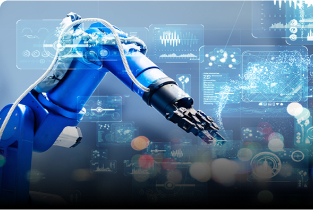Investing in the stock market can be a rewarding endeavor, but it requires knowledge and strategy. Whether you’re a beginner or looking to refine your trading skills, there are numerous resources available to help you learn about the stock market. Here’s a guide to some of the best places where you can gain stock market knowledge.
1. Online Courses and Platforms
a) Coursera and Udemy
Both platforms offer beginner to advanced courses on stock market investing, covering topics like technical analysis, fundamental analysis, and risk management.
b) Khan Academy
Khan Academy provides free, high-quality educational resources on finance and investing, making it a great starting point for beginners.
c) Investopedia Academy
Investopedia offers structured courses taught by experts on a range of financial topics, including stock trading and portfolio management.
2. Books on Stock Market Investing
Reading books by experienced investors can provide valuable insights. Some recommended reads include:
- The Intelligent Investor by Benjamin Graham
- A Random Walk Down Wall Street by Burton Malkiel
- Common Stocks and Uncommon Profits by Philip Fisher
3. Financial News Websites
Keeping up with financial news is essential for stock market investors. Some trusted websites include:
- Bloomberg
- CNBC
- The Wall Street Journal
- MarketWatch
- Yahoo Finance
4. Stock Market Simulators
Before investing real money, using simulators can help you practice trading with virtual cash. Some popular simulators are:
- Investopedia’s Stock Simulator
- MarketWatch Virtual Stock Exchange
- ThinkorSwim by TD Ameritrade
5. YouTube Channels
Several YouTube channels offer free, in-depth insights on stock market investing. Some popular ones include:
- Graham Stephan
- Meet Kevin
- The Motley Fool
- Financial Education
6. Brokerage Firms’ Educational Resources
Most brokerage firms provide free educational materials, webinars, and research tools. Some of the top ones include:
- TD Ameritrade
- E*TRADE
- Charles Schwab
- Fidelity Investments
7. Online Communities and Forums
Engaging in discussions with other investors can provide real-world insights and strategies. Some active communities include:
- r/StockMarket (Reddit)
- Seeking Alpha
- StockTwits
- TradingView
8. University Courses and Certifications
Many universities offer free and paid courses on financial markets. Platforms like edX and Coursera offer certifications from institutions like Yale, MIT, and Harvard.
Conclusion
There are many ways to learn about the stock market, from online courses and books to simulators and real-world discussions. By leveraging these resources, you can develop the skills needed to make informed investment decisions and navigate the world of stock trading with confidence.










